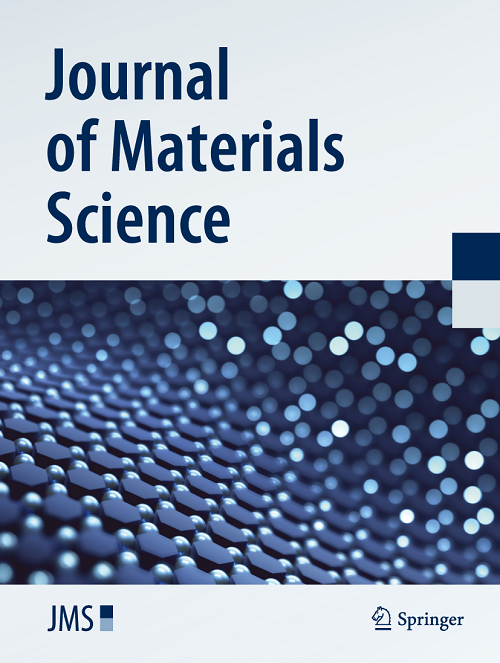Study on the process and mechanism of void closure at diffusion bonding interface of 6061 aluminum alloy
Abstract
The study investigated the void closure processes and mechanisms at the interface during vacuum diffusion bonding of 6061 aluminum alloy using a combined approach of simulation and experimental methods. The oxide film on the aluminum alloy surface was removed using chemical methods. The interface microstructure with varying bonding parameters was analyzed and characterized. The void closure process at the aluminum alloy interface was simulated. The effects of dislocation glide and creep deformation in the void closure process were analyzed. The mechanism of the interface void closure was revealed. The HCl solution effectively removed the oxide film more thoroughly. An increase in bonding temperature or an extension of the holding time facilitated the formation of a high-quality metallurgical bonding interface. ANSYS simulations indicated that, at a holding time of 30 min, dislocation glide predominantly governed void closure at lower bonding temperatures. When the temperature exceeded 500 ℃, creep contributed to over 70% of the deformation. During a holding time of 90 min, the contribution of creep deformation surpassed 75% across all diffusion bonding temperatures. A greater void height necessitated a longer diffusion distance for atoms during the void closure process, resulting in an extended time required for closure.

 求助内容:
求助内容: 应助结果提醒方式:
应助结果提醒方式:


